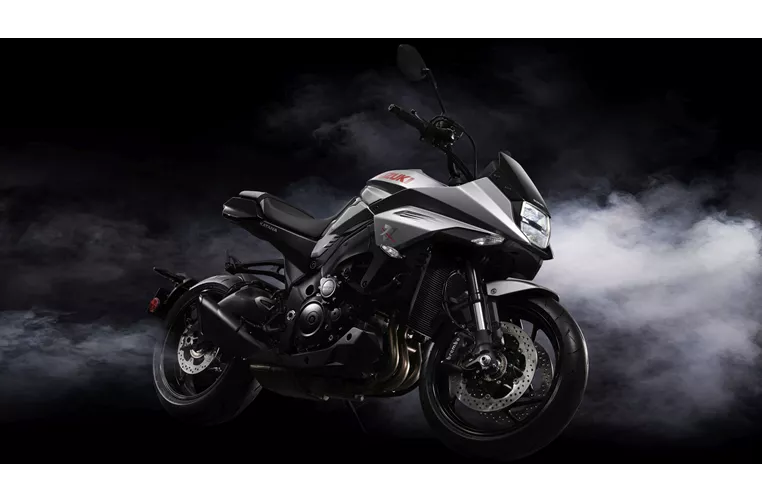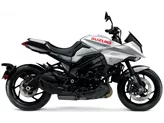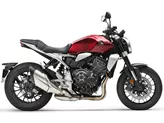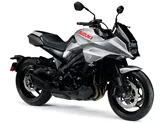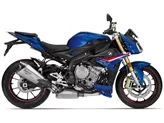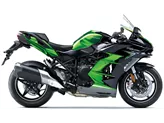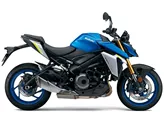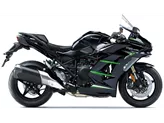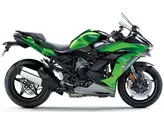Kawasaki Ninja H2 SX SE 2018 vs. Suzuki GSX-S1000S Katana 2019

Kawasaki Ninja H2 SX SE 2018
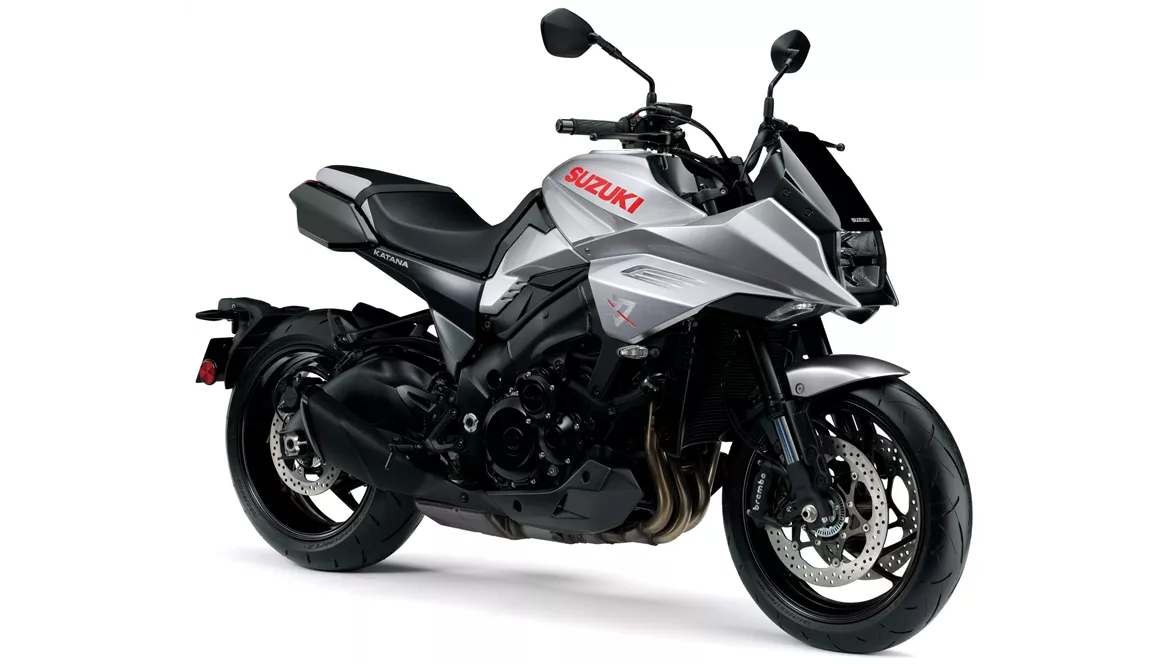
Suzuki GSX-S1000S Katana 2019
Overview - Kawasaki Ninja H2 SX SE 2018 vs Suzuki GSX-S1000S Katana 2019
In terms of engine performance, the Kawasaki Ninja H2 SX SE 2018 has a more powerful engine with 200 HP compared to the Suzuki GSX-S1000S Katana 2019 which has 150 HP. The Ninja also has higher torque at 137.3 Nm compared to the Katana's 108 Nm. This means that the Ninja will have stronger acceleration and better overall performance.
Both motorcycles have a chain transmission system and 4 cylinders, providing smooth power delivery. The displacement of the Ninja is slightly higher at 998ccm compared to the Katana's 999ccm.
In terms of suspension, both motorcycles feature upside-down telescopic forks at the front and swing arm suspension at the rear. The Ninja has a slightly longer travel distance for both front and rear suspension, at 120mm and 139mm respectively, compared to the Katana's 120mm and 130mm. This means that the Ninja may offer a slightly more comfortable ride over bumps and uneven surfaces.
The chassis of the Ninja is made of steel and has a tubular frame, while the Katana has an aluminum frame with a twin tube design. Both frames provide good stability and handling, but the aluminum frame of the Katana may offer slightly better weight distribution and agility.

Kawasaki Ninja H2 SX SE 2018
In terms of braking, both motorcycles have double disk brakes at the front, but the Ninja has larger diameter disks at 320mm compared to the Katana's 310mm. The Ninja also features radial and monoblock technology for its front brakes, which may provide better braking performance.
In terms of advanced rider assistance systems, the Ninja has more features including ABS, riding modes, ride by wire, and traction control. The Katana only has ABS as its advanced rider assistance system.
In terms of dimensions and weights, the Ninja has a slightly longer wheelbase at 1480mm compared to the Katana's 1460mm. The seat height of the Ninja is also slightly higher at 835mm compared to the Katana's 825mm. However, the Ninja is significantly heavier with a kerb weight of 260kg compared to the Katana's 215kg. The Ninja also has a larger fuel tank capacity at 19 liters compared to the Katana's 12 liters.
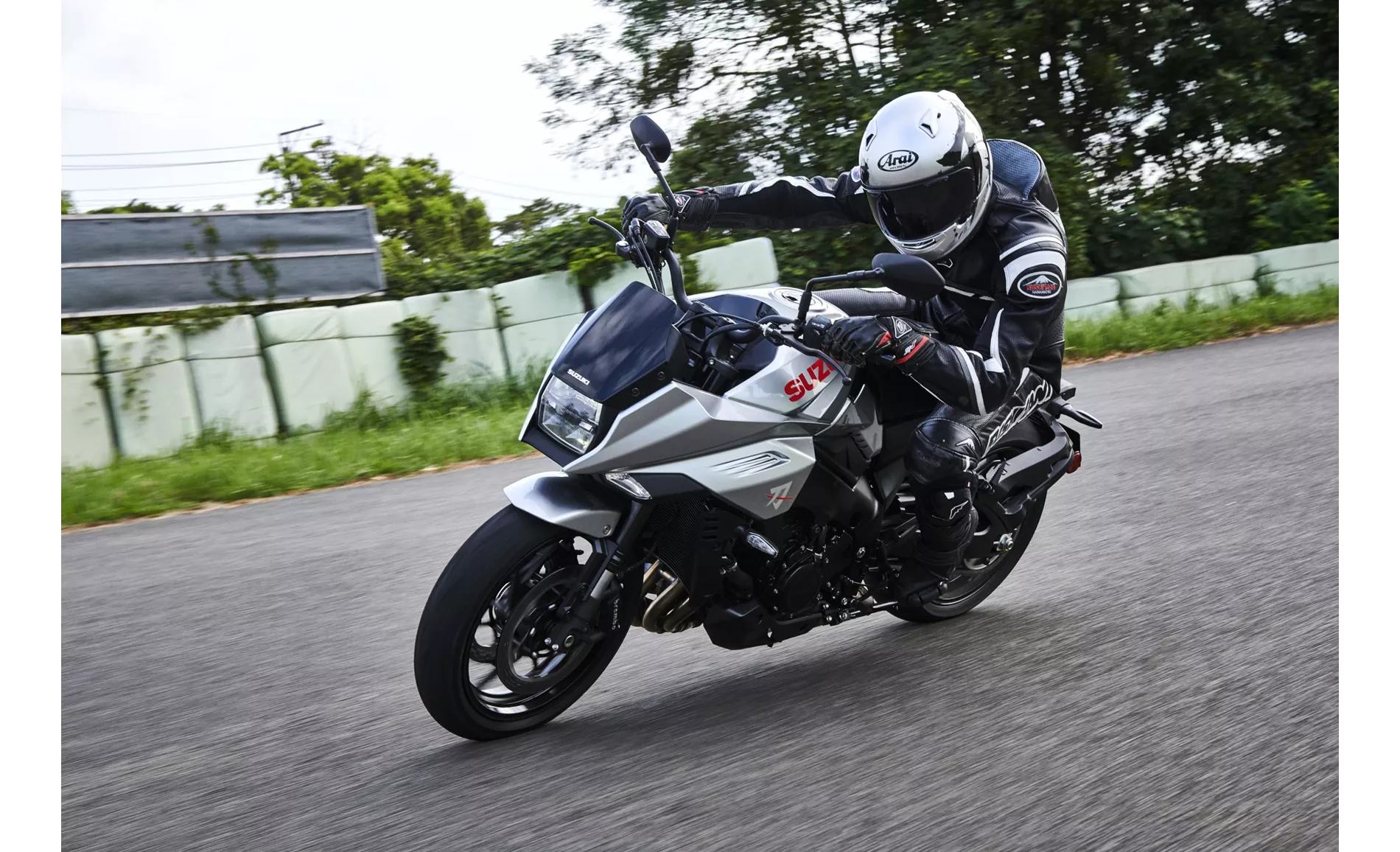
Suzuki GSX-S1000S Katana 2019
In terms of strengths, the Ninja offers a fascinating power unit with high torque and strong pull, great brakes, and stable braking performance. It also provides pleasant traveling comfort even at high speeds and has high-quality driving assistance systems. The Ninja also has a longer service interval at 12000km.
On the other hand, the Katana has a powerful and confident in-line four-cylinder engine and a unique and independent look. It offers a comfortable seating position and easy handling. The Katana also features triple-adjustable traction control and a good braking system.
In terms of weaknesses, the Ninja has a slightly fiddly heating handle control and could benefit from electronic chassis features. The Katana, on the other hand, has few electronic features and a relatively high price compared to the basic GSX-S1000.
Overall, both motorcycles offer strong performance and desirable features. The Ninja H2 SX SE 2018 may appeal to riders looking for a more powerful and technologically advanced sport touring motorcycle, while the Suzuki GSX-S1000S Katana 2019 may appeal to riders looking for a unique and stylish motorcycle with good performance and comfort.
Technical Specifications Kawasaki Ninja H2 SX SE 2018 compared to Suzuki GSX-S1000S Katana 2019
Pros and Cons in comparison
Pros and Cons in comparison
Kawasaki Ninja H2 SX SE 2018

Kawasaki turns the H2 into a fascinating sports tourer. The H2 SX is a new motorbike and, apart from the supercharger and the striking front end, has virtually nothing in common with the fearsome H2 and H2 R. It offers great comfort and shines with the familiar and universal virtues of a sports tourer. It offers great comfort and shines with the familiar and universal virtues of a sports tourer. On top of that, you enjoy breathtaking acceleration.
Suzuki GSX-S1000S Katana 2019
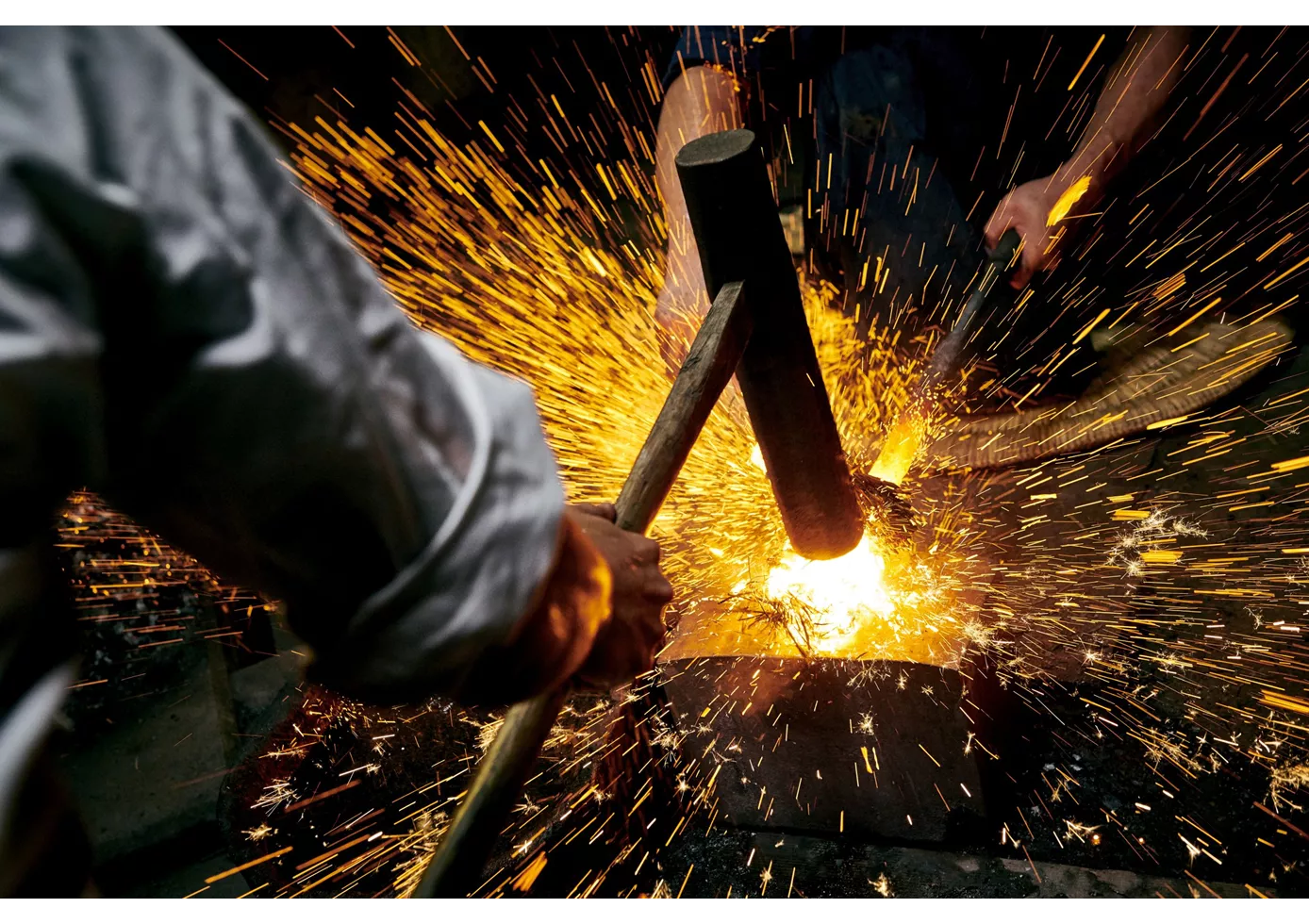
The new Suzuki GSX-S1000S Katana is based on the naked GSX-S1000 and is therefore convincing in all its quality and inner values of a typical Japanese machine. Visually, the Katana additionally has what it takes to become a classic; after all, it is the first to pick up the style of the 1980s. The riding position is surprisingly comfortable and the high handlebars allow pleasant control. With its low front fairing, it doesn't become a distinct touring machine, but it certainly passes as a crossover bike that excellently combines retro, naked and touring.
Price Comparison Avarage Market Price Kawasaki Ninja H2 SX SE vs Suzuki GSX-S1000S Katana
There are a few key differences between a Kawasaki Ninja H2 SX SE 2018 and a Suzuki GSX-S1000S Katana 2019. In terms of price, the actual average price of a Kawasaki Ninja H2 SX SE 2018 is about 91% higher. A Kawasaki Ninja H2 SX SE 2018 experiences a loss of 1,760 GBP in one year and 1,060 GBP in two years of ownership. This is offset by a loss of 3,070 GBP and 3,130 GBP for a Suzuki GSX-S1000S Katana 2019. There are the same number of bikes of both models available on the 1000PS.de marketplace, specifically 10. With 225 days it takes the same amount of time to sell a Kawasaki Ninja H2 SX SE or a Suzuki GSX-S1000S Katana. Since model year 2018 1000PS.de editors have written 14 reviews for the Kawasaki Ninja H2 SX SE and 8 reviews for the Suzuki GSX-S1000S Katana since model year 2018. The first review for the Kawasaki Ninja H2 SX SE was published on 07/11/2017 and now has more than 35,700 views. This compares to more than 72,800 views for the first review on Suzuki GSX-S1000S Katana published on 02/10/2018.

